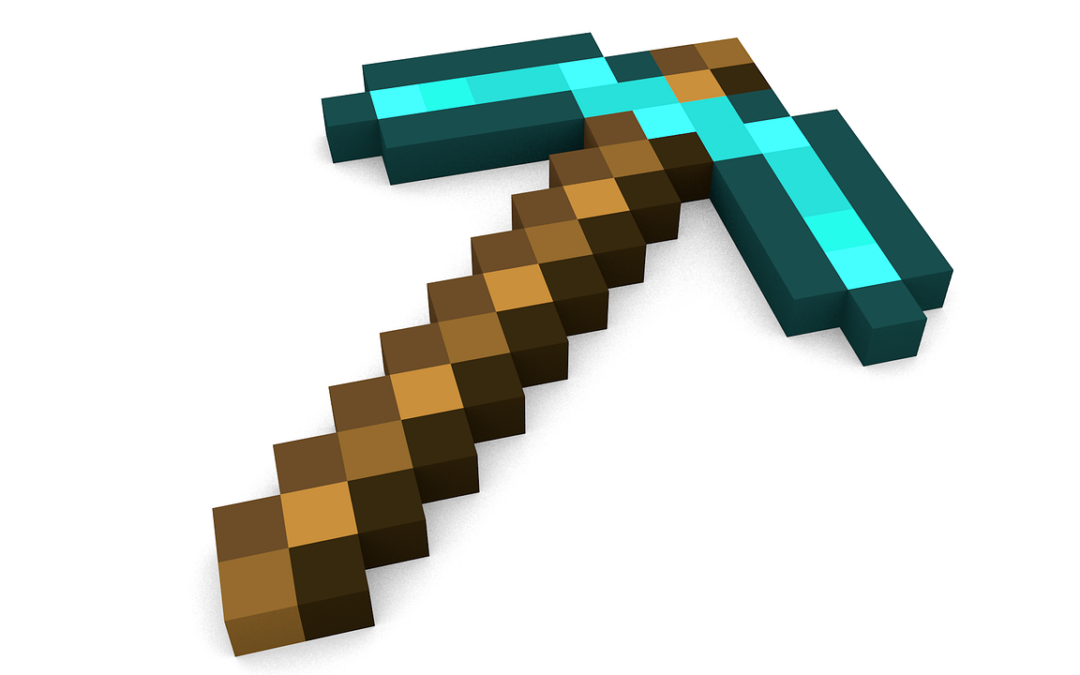Minecraft, a sandbox video game that emerged as a cultural phenomenon, has become an unlikely epicenter for innovative architects and designers. This blocky universe serves not only as a playground for the imagination but has evolved into a canvas for monumental and intricate designs that push the boundaries of its pixelated aesthetics. The game’s unique architectural possibilities have captured the interest of millions worldwide, from young adults to seasoned builders.
The Blueprint of Creativity in Minecraft
At its core, Minecraft free offers a grid of 3D cubes—each cube can be a different material, such as dirt, stone, wood, or even gold. The simplicity of these elements belies the complexity of what can be achieved. With an array of materials at their disposal, players can replicate famous landmarks, construct fantasy worlds, or even design structures that defy conventional architecture.
Notably, the game has inspired a generation to learn about architectural design principles. Concepts such as symmetry, proportion, and balance are all practiced intuitively as players craft their digital creations. Minecraft also introduces players to historical architectural styles, from the gothic grandeur of medieval castles to the sleek lines of modern skyscrapers.
Collaborative Constructs: When Community Meets Design
One of the most remarkable aspects of Minecraft architecture is the sense of community it fosters. Online servers enable multiple players to collaborate on projects, pooling their resources and creativity. These digital works of art are often the result of countless hours of planning and execution, involving teams from across the globe.
Communal projects can range from recreating Westeros from “Game of Thrones” to building functioning computer systems within the game. This collaborative spirit extends beyond the game, as players share blueprints, tutorials, and video tours of their virtual spaces, encouraging others to learn and build upon their ideas.
Sustainable Practices in a Virtual Environment
Interestingly, Minecraft also introduces players to sustainable design. Renewable resources, energy conservation, and ecological impacts are all considerations that mirror real-world concerns. Players often strive to create self-sustaining builds, incorporating renewable energy sources like solar panels or wind turbines, which reflect a growing interest in sustainability among the younger generations.
The Digital Renaissance of Voxel Art
Pixel art, and in particular, the voxel art of Minecraft, has seen a renaissance as artists and gamers alike discover the appeal of creating within a digital medium. Voxel art, which represents a 3D pixel, allows for creations that are instantly recognizable yet can be infused with intricate details and textures, making each creation a unique blend of simplicity and complexity.
The Influence of Minecraft on Future Architects
Minecraft’s impact goes beyond mere entertainment; it’s shaping the future of architecture. Some educational institutions have recognized the game’s potential as a learning tool, integrating it into their curriculum. By encouraging spatial reasoning, creativity, and problem-solving, Minecraft is nurturing the next generation of architects.
The game’s open-ended nature means that the possibilities are as expansive as players’ imaginations. From grandiose palaces that shimmer in the sunlight to underwater cities that challenge the conventional limits of architecture, the Minecraft world is a testament to human creativity. It serves as a reminder that art and design are not confined to what we can create physically; they also thrive in virtual spaces where the only limit is one’s imagination.

